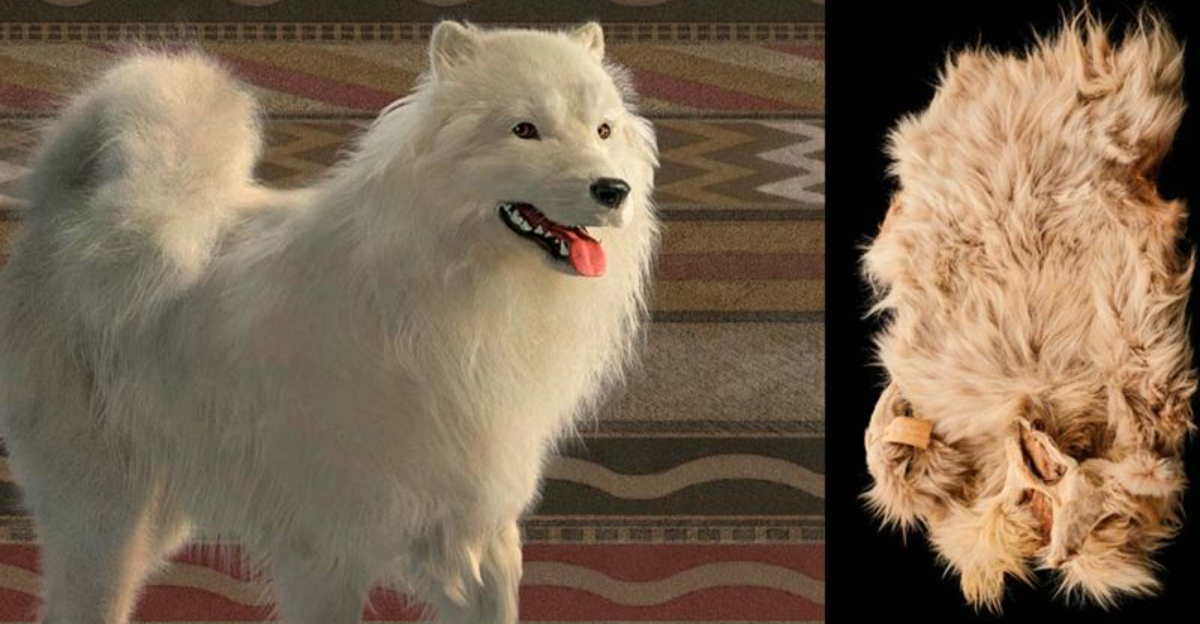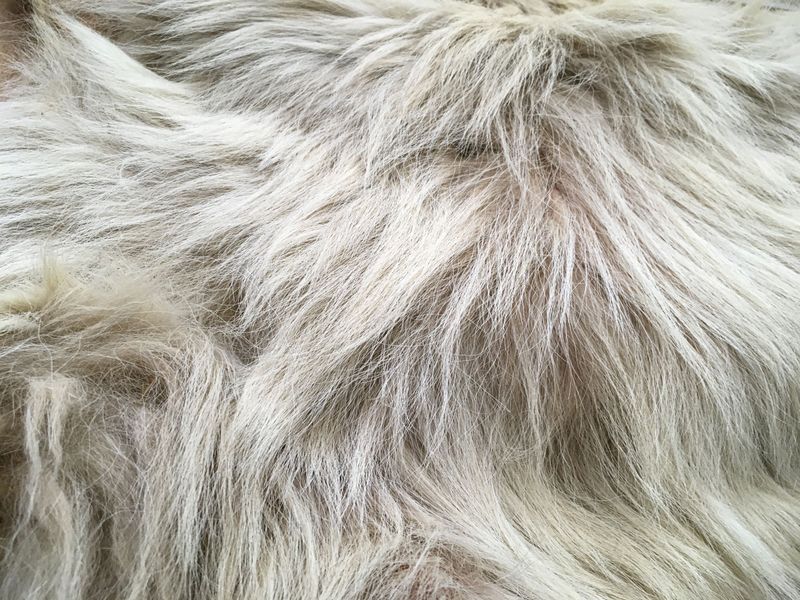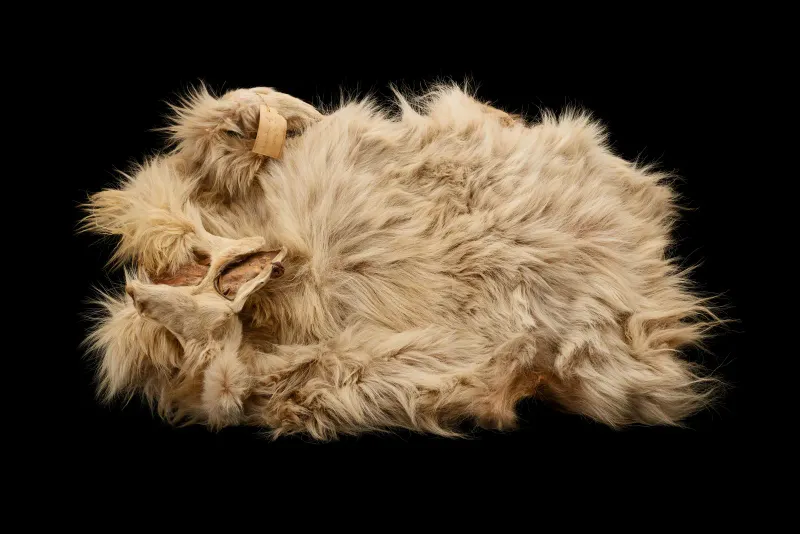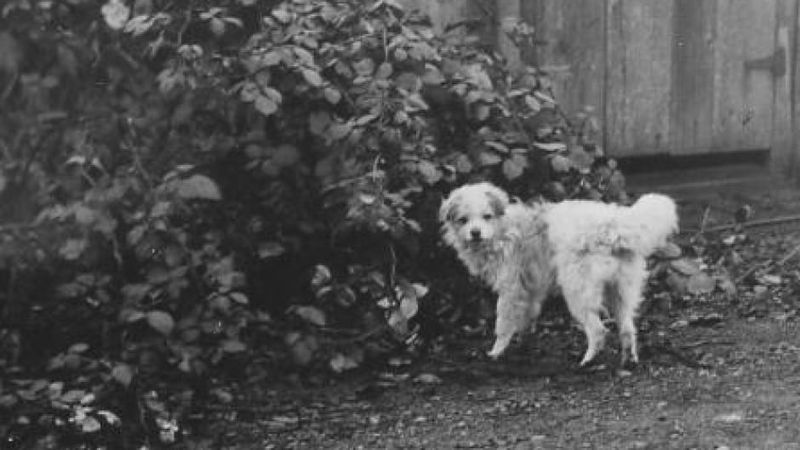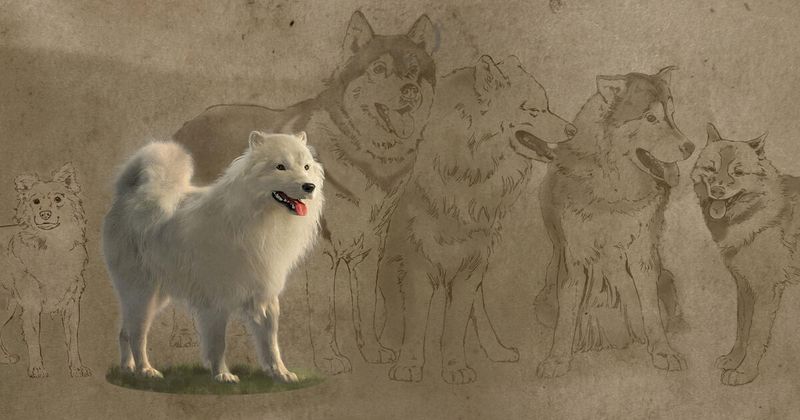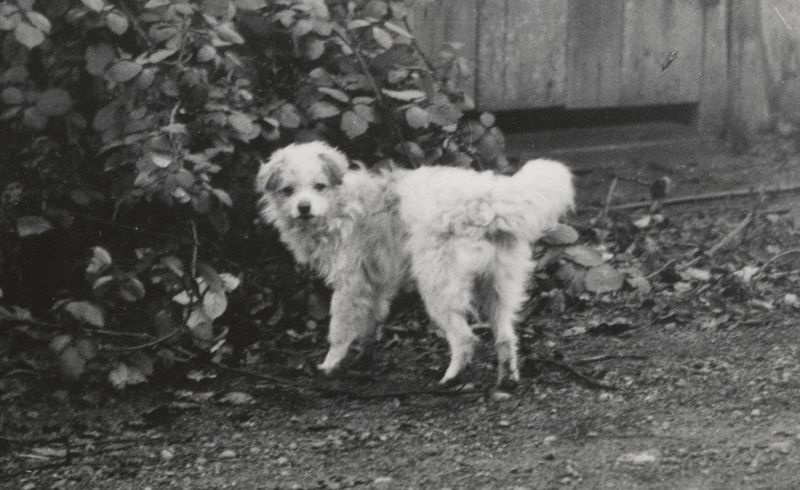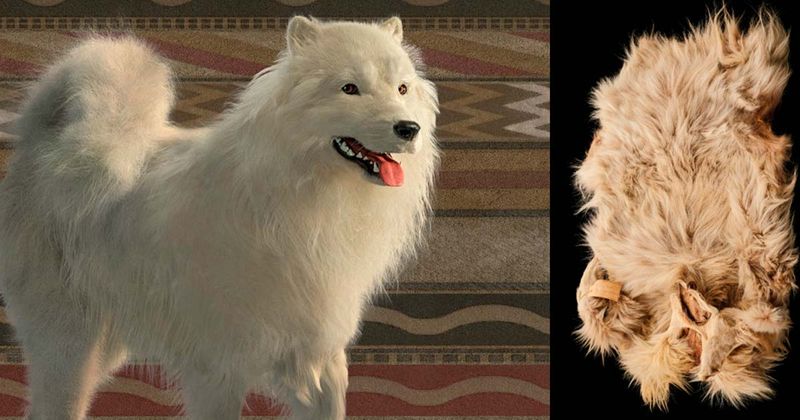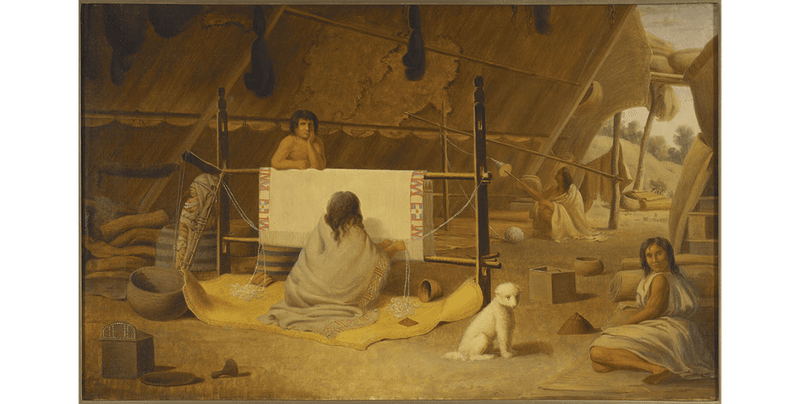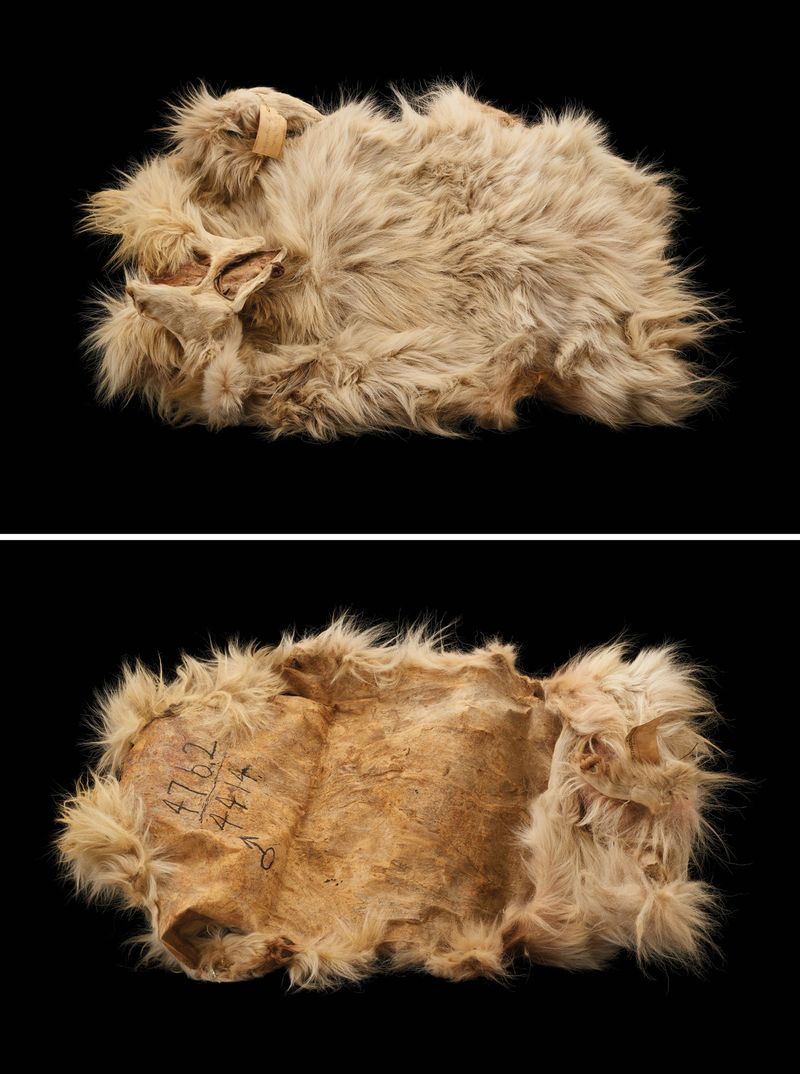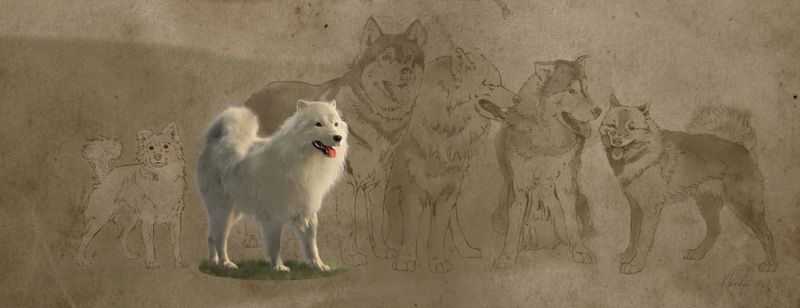The lost Woolly Dog, once an integral part of Indigenous cultures along the Pacific Northwest coast, played a crucial role in the social and economic fabric of these communities. Known for its unique woolly fur, this breed was not only a companion but also a resource for creating textiles and garments. The woolly dog was a symbol of status and a valuable trade item, contributing to the cultural richness of the tribes. Although this breed has vanished, its legacy continues to be a testament to the ingenuity and adaptability of Indigenous peoples.
The Unique Coat
Imagine a dog whose fur was as soft as a cloud, yet strong enough to weave into clothing. The Woolly Dog’s coat was a marvel of nature, providing warmth and comfort. Indigenous peoples valued this fur not just for its practicality but for its connection to their cultural identity. The fur was meticulously sheared and spun into yarn, resembling sheep’s wool. This unique attribute set the Woolly Dog apart from any other breed in the region.
Cultural Significance
In the heart of Indigenous communities, the Woolly Dog symbolized more than just a pet; it was a cultural treasure. Its wool was integral to crafting ceremonial blankets and clothing, serving as both everyday wear and objects of spiritual significance. These textiles were often exchanged in potlatch ceremonies, reinforcing social bonds and status. The dog’s role in cultural practices highlights its deep-rooted significance in Indigenous life, far beyond its physical presence.
A Valuable Companion
With loyalty unmatched, the Woolly Dog was more than a resource; it was a cherished companion. Known for its gentle demeanor, this breed was a friend to young and old alike. They shared in daily life, offering companionship during fishing expeditions or quiet evenings by the fire. The bond between humans and these dogs was profound, characterized by mutual respect and affection. Their presence was a constant reminder of the intertwined lives of the community members.
Breeding Practices
Selective breeding was key to maintaining the Woolly Dog’s prized attributes. Indigenous breeders focused on enhancing its woolly coat while ensuring a temperament suited for close human interaction. The responsibility of breeding fell to specific family members, often passed down through generations. This practice ensured the continuation of the breed’s unique qualities and its vital role within the community.
The Decline
As contact with European settlers increased, the fate of the Woolly Dog began to change. The introduction of sheep and other textiles lessened the need for their wool. Additionally, changes in Indigenous lifestyles and land use contributed to their decline. By the early 20th century, the breed had disappeared, leaving only stories and memories of its contributions. This decline reflects broader themes of cultural loss and adaptation among Indigenous peoples.
Economic Role
In the vibrant trade networks of the Pacific Northwest, the Woolly Dog’s fur was a commodity of high value. Its softness and warmth made it ideal for trade, often exchanged for food, tools, and other necessities. The economic activity surrounding this fur highlights its importance beyond local communities. As a trade item, it strengthened ties with neighboring tribes and fostered a sense of economic interdependence.
Symbol of Status
Adorning oneself with garments made from Woolly Dog fur was a symbol of prestige. High-status individuals wore these luxurious textiles during important events and gatherings. The intricate patterns and craftsmanship of these garments reflected the wearer’s position and influence within the community. This status symbol underscored the blend of practicality and artistry inherent in Indigenous textile traditions.
Textile Craftsmanship
Crafting textiles from Woolly Dog fur was a skill that required patience and artistry. Indigenous weavers turned raw fur into exquisite garments and blankets. These items were not only functional but also a testament to the weavers’ creativity and technical skill. The process of transforming the fur into intricate designs was a celebrated art form, passed through generations, preserving both technique and cultural stories.
Archaeological Findings
Recent archaeological discoveries have shed light on the Woolly Dog’s historical presence. Excavations in coastal areas uncovered remnants of fur, offering clues to their role in ancient societies. These findings provide tangible connections to the past, underscoring the dog’s significance. Through these artifacts, we glimpse the enduring legacy of a breed that was once integral to the fabric of Indigenous life.
Legacy and Memory
Though the Woolly Dog is no longer present, its memory lives on in stories, art, and cultural memories. Modern Indigenous artists often incorporate its imagery into their work, celebrating its contributions to their heritage. This artistic homage ensures that the Woolly Dog’s legacy continues to inspire and educate future generations about the resilience and creativity of Indigenous cultures.
